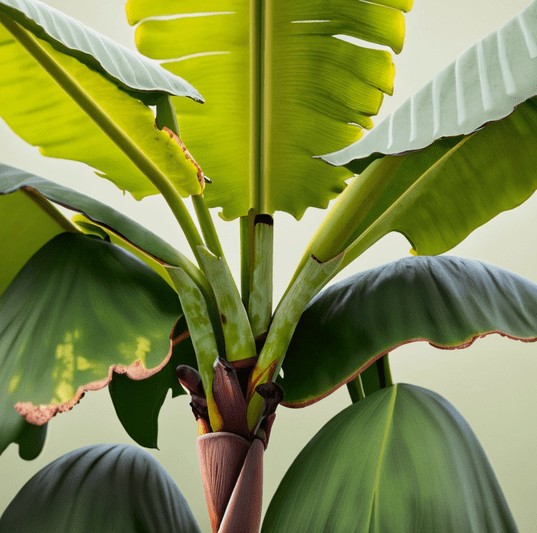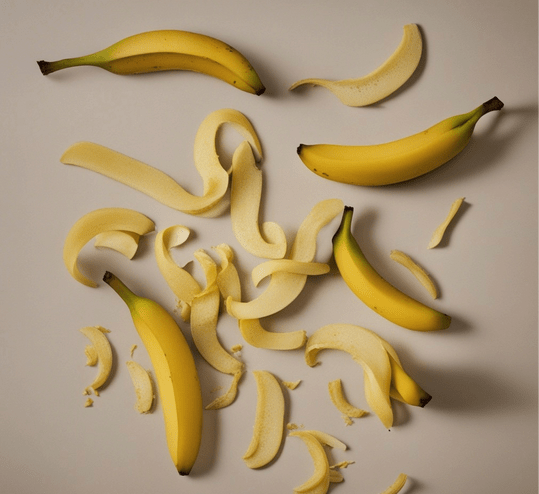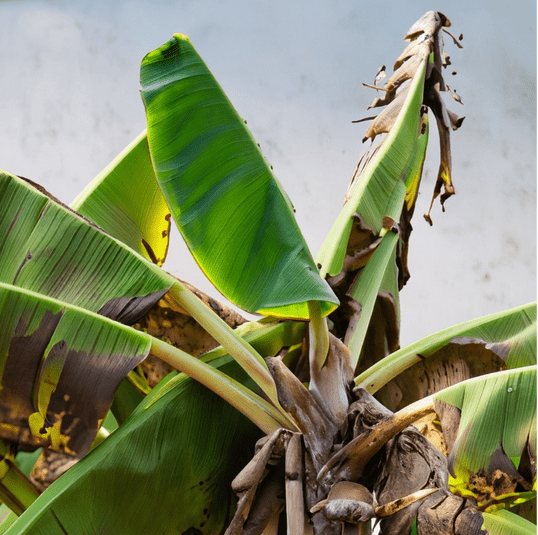Nurture the hardy Japanese banana plant, Musa Basjoo, with a guide on “Caring for Musa Basjoo.” Unlock the secrets of ensuring this robust banana plant thrives in your care. This guide simplifies the caring process, making it easy to cultivate a flourishing Musa Basjoo. Ready to add a touch of Japan to your garden? Let’s explore the essential steps for caring for Musa Basjoo together!
Planting Location
Select a sunny location in your garden with well-draining soil. Musa Basjoo prefers full sun but can tolerate partial shade. The soil should be rich in organic matter to ensure proper growth.
Cold Hardy Variety
One of the standout features of the Musa Basjoo is its cold hardiness. It can withstand temperatures as low as -10°F (-23°C) when adequately mulched and protected. In colder regions, consider planting it in a large pot to facilitate easier overwintering indoors.
Soil and Water
Ensure the soil is consistently moist but not waterlogged. Regular watering, especially during hot summer months, is essential. Apply a layer of mulch around the base of the plant to help retain moisture and regulate soil temperature.
Fertilization
Feed your Musa Basjoo with a balanced, slow-release fertilizer during the growing season (spring through early autumn). This will provide the necessary nutrients for healthy growth.
Pruning
Remove dead or damaged leaves as needed to maintain the plant’s appearance and health. Overwintered plants may have freeze-damaged foliage that can be pruned in spring when new growth emerges.
Protection for Winter
In regions with harsh winters, it’s crucial to protect your Musa Basjoo. After the first frost, cut back the plant’s stems to about 2-3 feet (60-90 cm) and wrap the remaining stem with insulating material like burlap or straw. This helps shield the plant from freezing temperatures.
Repotting
If you’re growing Musa Basjoo in a container, periodically repot it to ensure it has enough space to grow. Choose a pot that is at least one size larger than the current one.
Propagation
Musa Basjoo can be propagated through offsets or suckers that emerge from the base of the plant. Carefully remove these and plant them in a separate location to grow new banana plants.
Pests and Diseases
While generally resistant to pests and diseases, keep an eye out for common garden pests like aphids and spider mites. Treat any infestations promptly with insecticidal soap or neem oil.
Enjoy the Foliage
While Musa Basjoo does produce small, inedible bananas, it is primarily grown for its lush, tropical foliage. It adds a touch of the exotic to your garden and can be a real conversation piece.
Conclusion
By following these care guidelines, you can cultivate a thriving Musa Basjoo in your garden, even in regions with colder climates. Its unique appearance and cold-hardy nature make it a remarkable addition to any landscape, offering a taste of the tropics in unexpected places.



